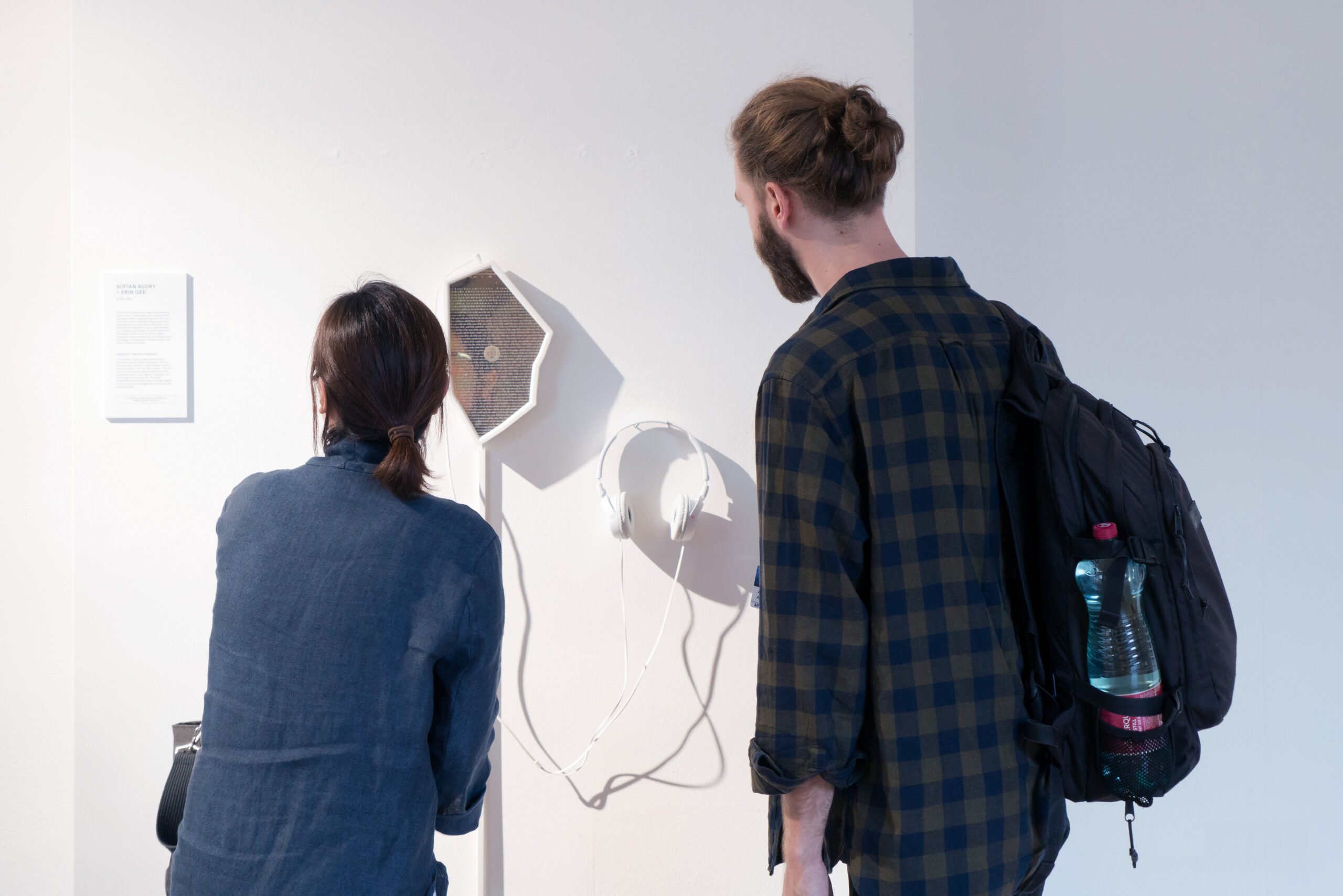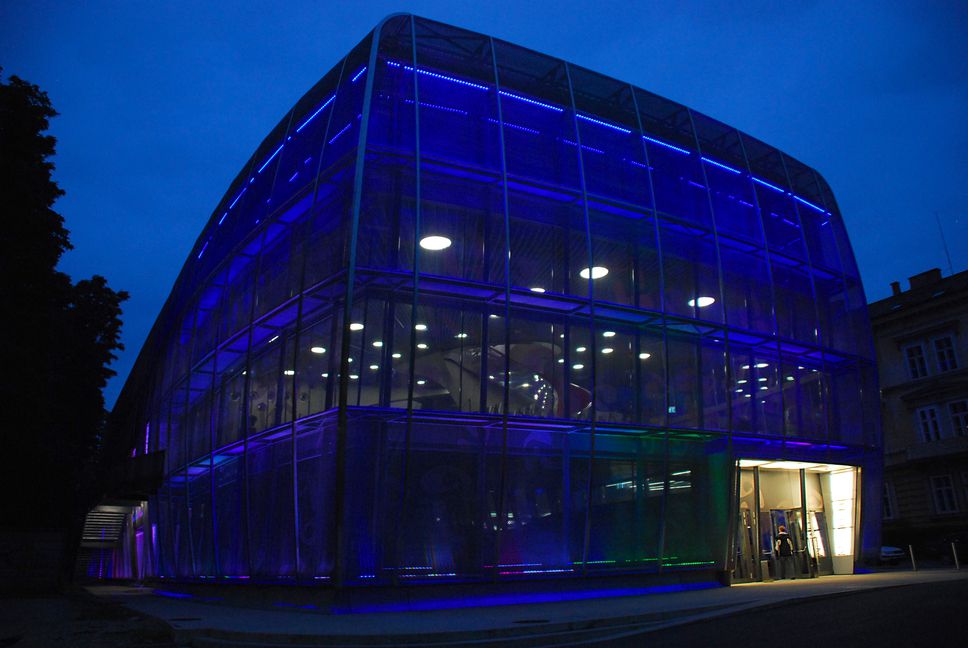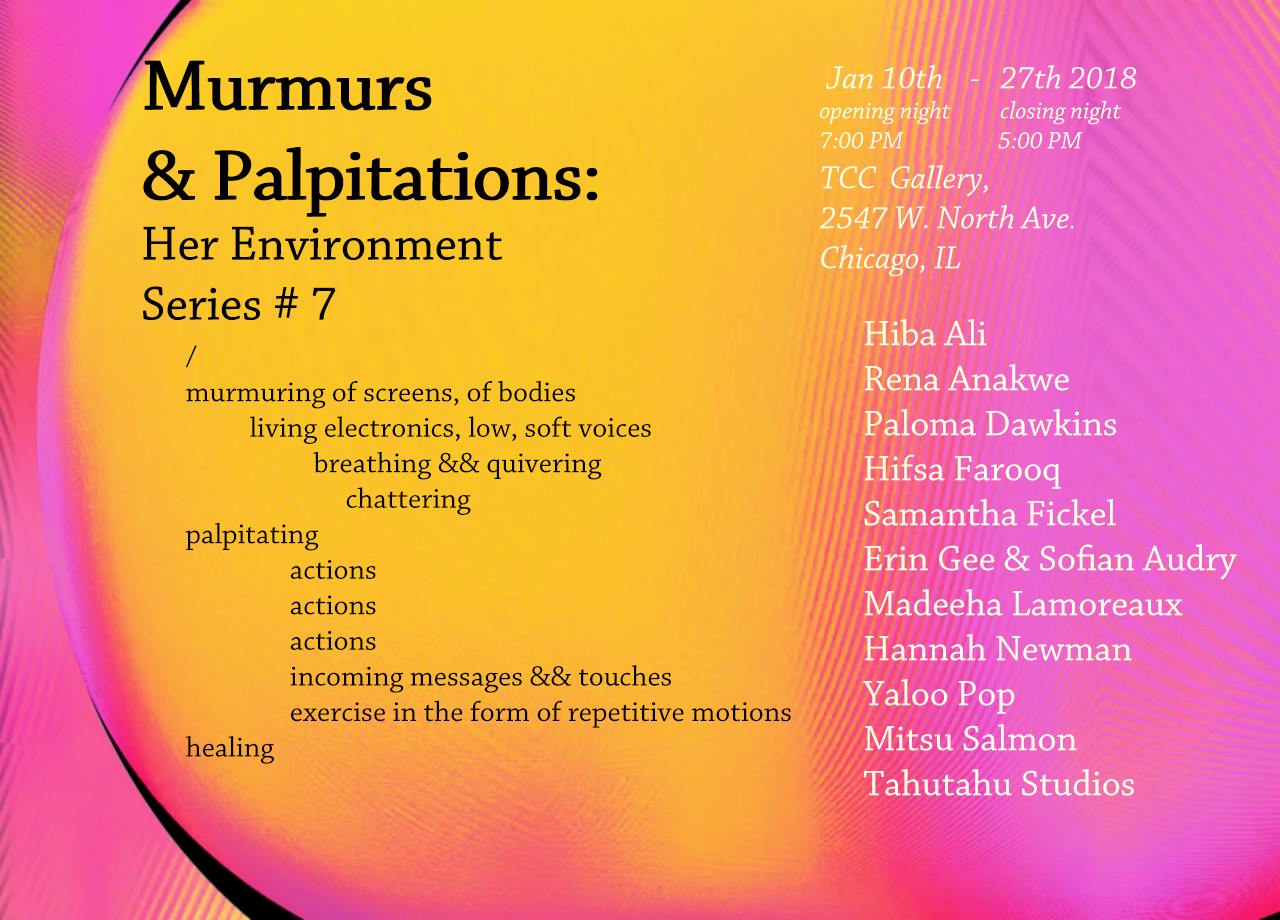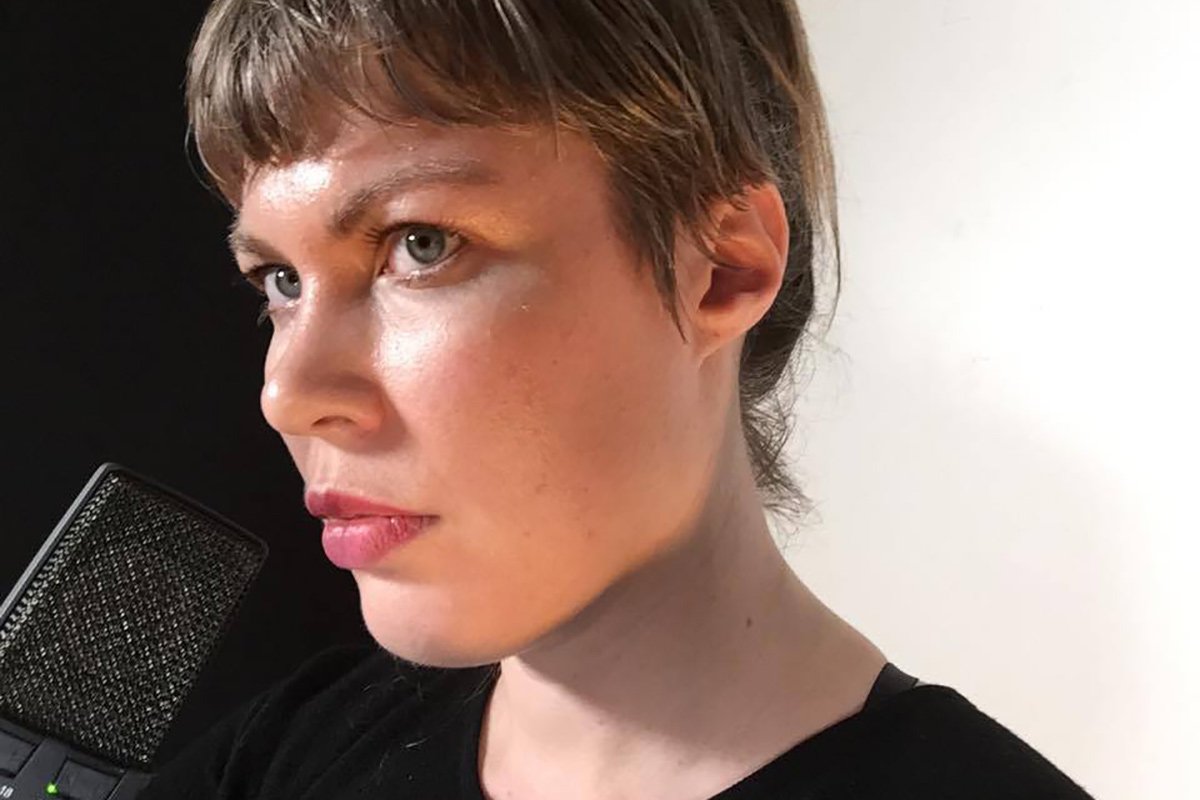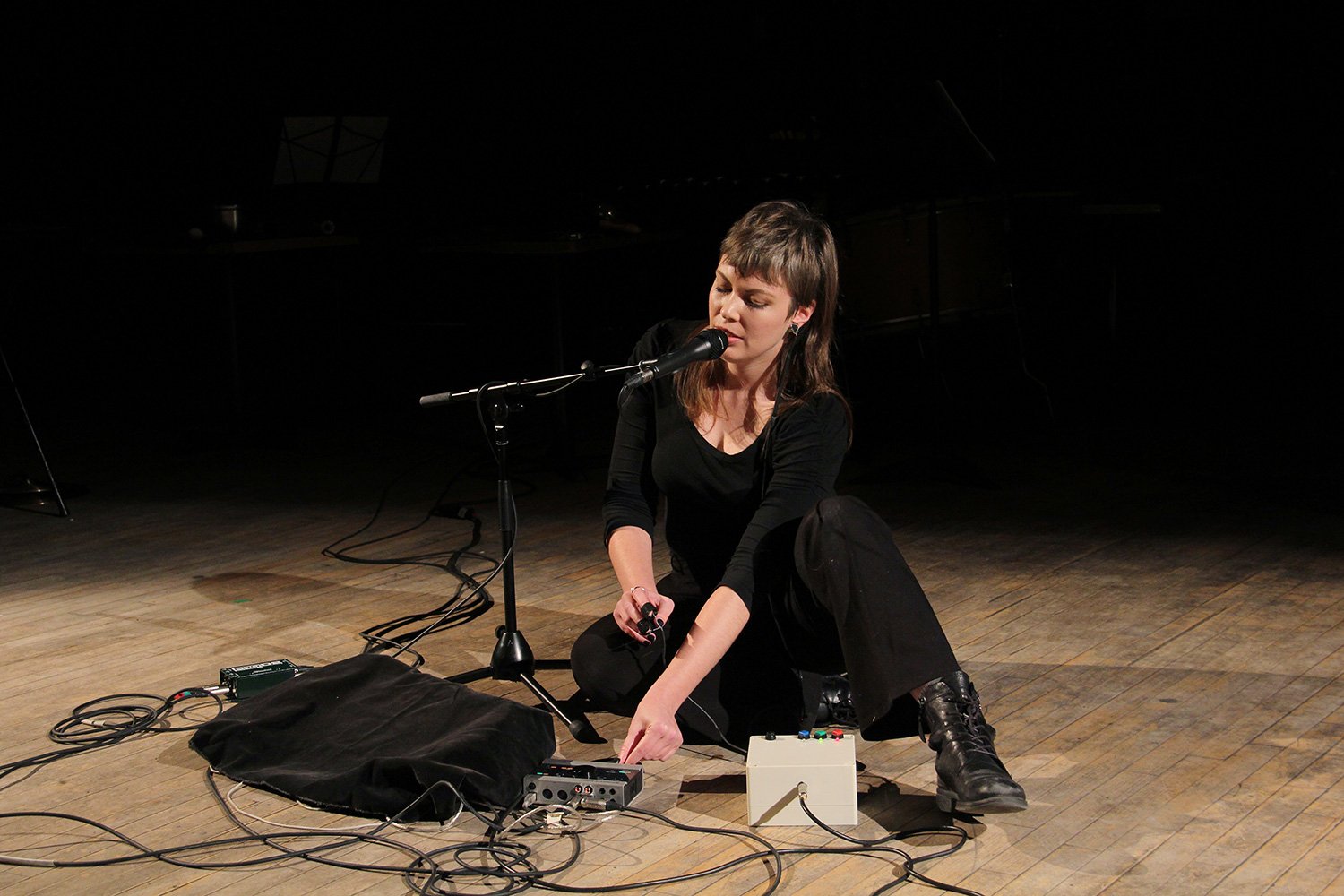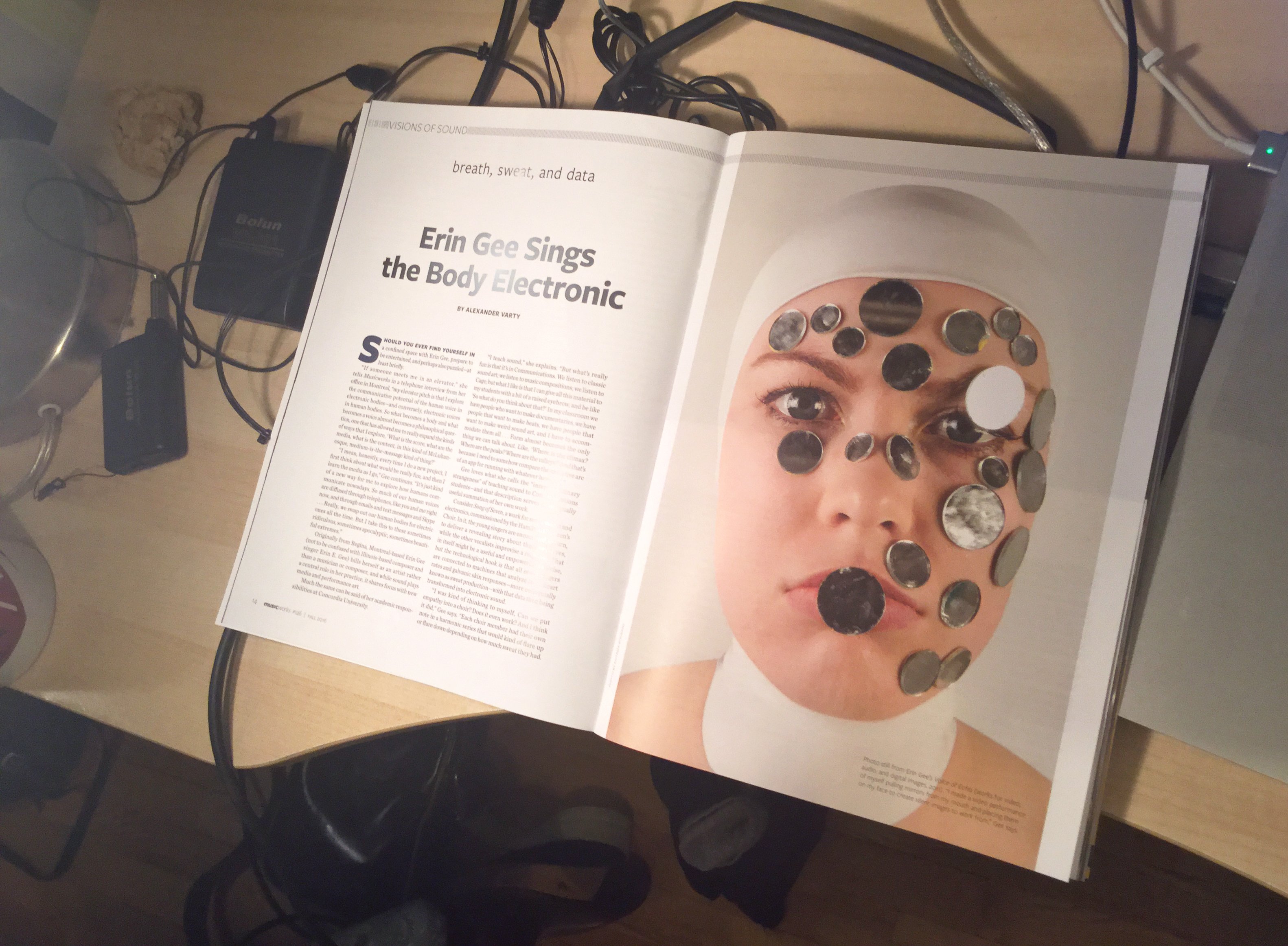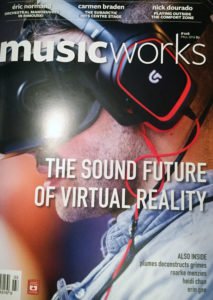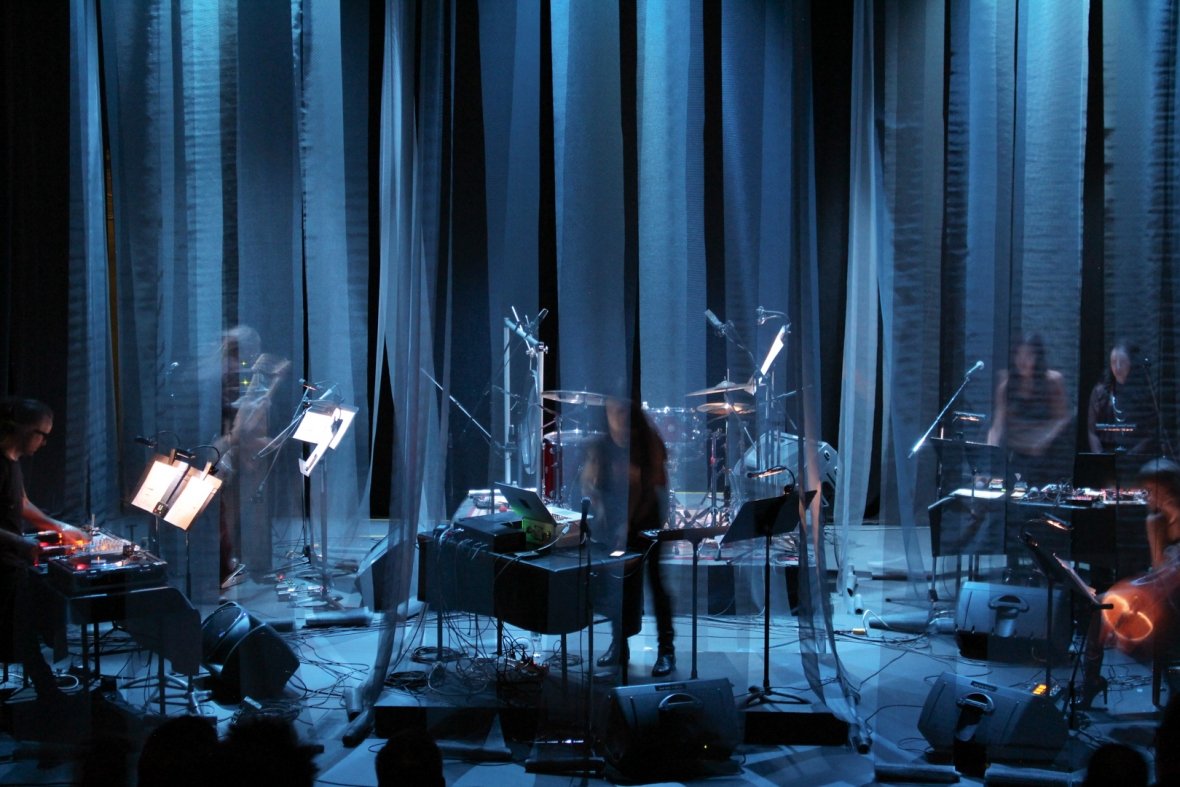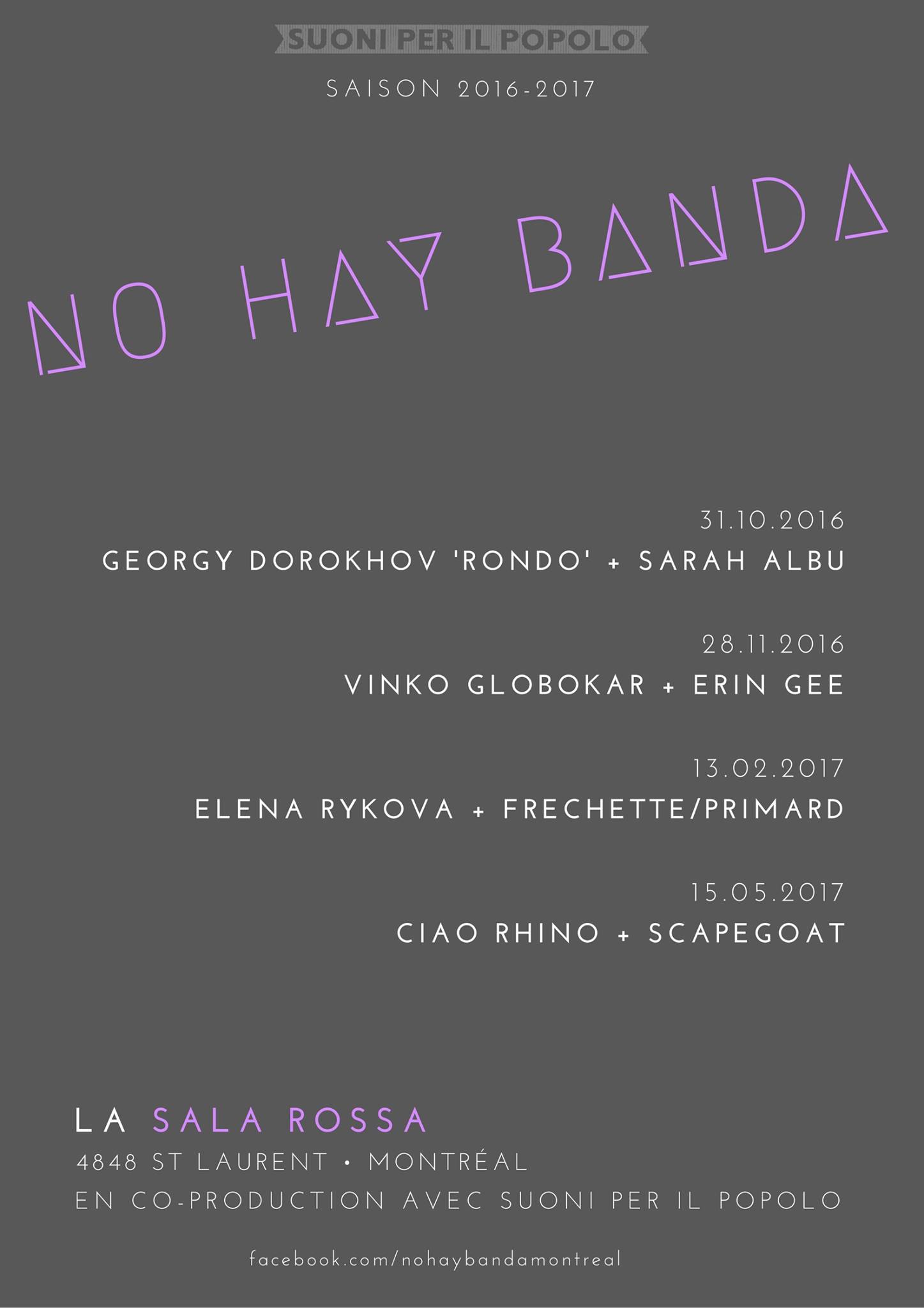to the sooe
to the sooe (2018)
Sofian Audry and Erin Gee. Photography: Alexandre Saunier
2018
A 3D printed sound object that houses a human voice murmuring the words of a neural network trained by a deceased author.
to the sooe (SLS 3D printed object, electronics, laser-etched acrylic, audio, 2018) is the second piece in a body of work Erin Gee made in collaboration with artist Sofian Audry that explores the material and authorial agencies of a deceased author, a LSTM algorithm, and an ASMR performer.
The work in this series transmits the aesthetics of an AI “voice” that speaks through outputted text through the sounds of Gee’s softly spoken human vocals, using a human body as a relatively low-tech filter for processes of machine automation. Other works in this series include of the soone (2018), and Machine Unlearning (2018-2019)
to the sooe is a sound object that features a binaural recording of Erin Gee’s voice as she re-articulates the murmurs of a machine learning algorithm learning to speak. Through this work, the artists re-embody the cognitive processes and creative voices of three agents (a deceased author, a deep learning neural net, and an ASMR performer) into a tangible device. These human and nonhuman agencies are materialized in the object through speaking and writing: a disembodied human voice, words etched onto a mirrored, acrylic surface, as well as code written into the device’s silicon memory.
The algorithmic process used in this work is a deep recurrent neural network agent known as “long short term memory” (LSTM). The algorithm “reads” Emily Brontë’s Wuthering Heights character by character, familiarizing itself with the syntactical universe of the text. As it reads and re-reads the book, it attempts to mimic Brontë’s style within the constraints of its own artificial “body”, hence finding its own alien voice.
The reading of this AI-generated text by a human speaker allows the listener to experience simultaneously the neural network agent’s linguistic journey as well as the augmentation of this speech through vocalization techniques adapted from Autonomous Sensory Meridian Response (ASMR). ASMR involves the use of acoustic “triggers” such as gentle whispering, fingers scratching or tapping, in an attempt to induce tingling sensations and pleasurable auditory-tactile synaesthesia in the user. Through these autonomous physiological experiences, the artists hope to reveal the autonomous nature of the listener’s own body, implying the listener as an already-cyborgian aspect of the hybrid system in place.
Credits
Sofian Audry – neural network programming and training
Erin Gee – vocal performer, audio recording and editing, electronics
Grégory Perrin – 3D printing design and laser etching
Exhibition history
Taking Care – Hexagram Campus Exhibition @ Ars Electronica, Linz Sept 5-11 2018. Curated by Ana Kerekes.
Printemps Numérique – McCord Museum Montreal, May 29-June 3 2019. Curated by Erandy Vergara.
To the Sooe – MacKenzie Art Gallery, Regina January 26-April 26, 2020. Curated by Tak Pham.
Sounds
to the sooe (2018)


